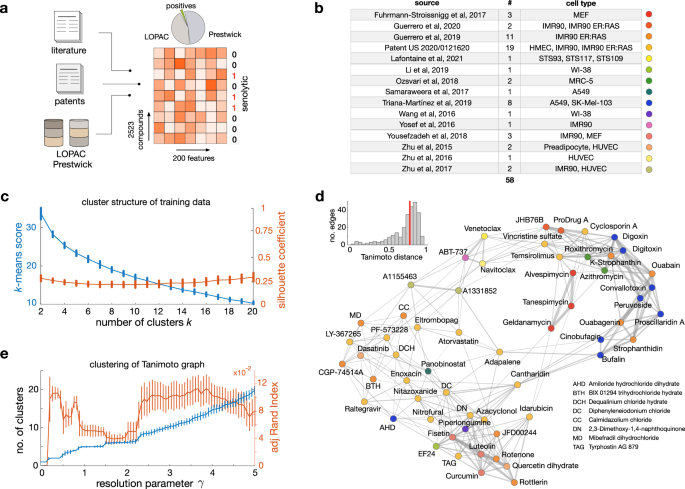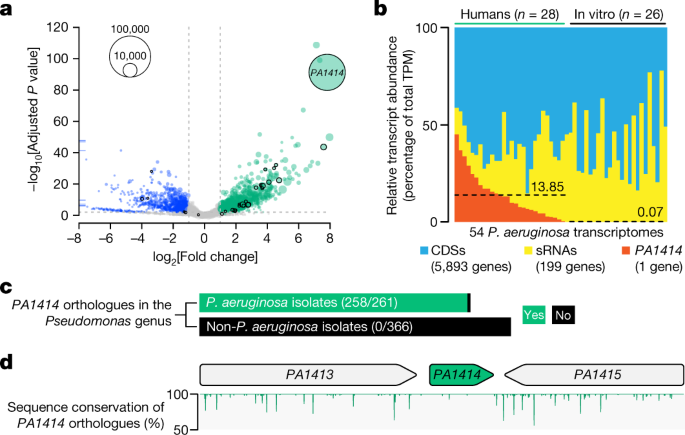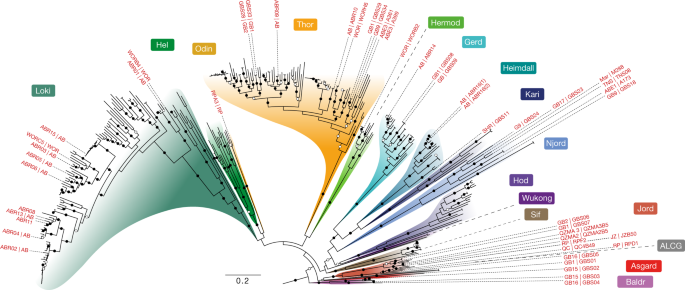2023-06-14 エディンバラ大学
◆研究者たちはAIを使用して、2,500以上の化学構造のデータから老人細胞を除去する特徴を学習させ、4,000以上の化学物質をスクリーニングしました。その結果、21の有望な薬物候補が特定されました。さらに、天然物の3つの化合物が健康な細胞を損傷せずに老人細胞を除去することが実験で確認されました。
◆この研究は、新しい薬物候補を特定するためにAIが有望な手法であり、将来的な治療法の開発につながる可能性があることを示しています。
<関連情報>
- https://www.ed.ac.uk/news/2023/ai-algorithms-find-drugs-that-could-combat-ageing
- https://www.nature.com/articles/s41467-023-39120-1
機械学習による老化防止剤の発見 Discovery of senolytics using machine learning
Vanessa Smer-Barreto,Andrea Quintanilla,Richard J. R. Elliott,John C. Dawson,Jiugeng Sun,Víctor M. Campa,Álvaro Lorente-Macías,Asier Unciti-Broceta,Neil O. Carragher,Juan Carlos Acosta & Diego A. Oyarzún
Nature Communications Published:10 June 2023
DOI:https://doi.org/10.1038/s41467-023-39120-1

Abstract
Cellular senescence is a stress response involved in ageing and diverse disease processes including cancer, type-2 diabetes, osteoarthritis and viral infection. Despite growing interest in targeted elimination of senescent cells, only few senolytics are known due to the lack of well-characterised molecular targets. Here, we report the discovery of three senolytics using cost-effective machine learning algorithms trained solely on published data. We computationally screened various chemical libraries and validated the senolytic action of ginkgetin, periplocin and oleandrin in human cell lines under various modalities of senescence. The compounds have potency comparable to known senolytics, and we show that oleandrin has improved potency over its target as compared to best-in-class alternatives. Our approach led to several hundred-fold reduction in drug screening costs and demonstrates that artificial intelligence can take maximum advantage of small and heterogeneous drug screening data, paving the way for new open science approaches to early-stage drug discovery.


